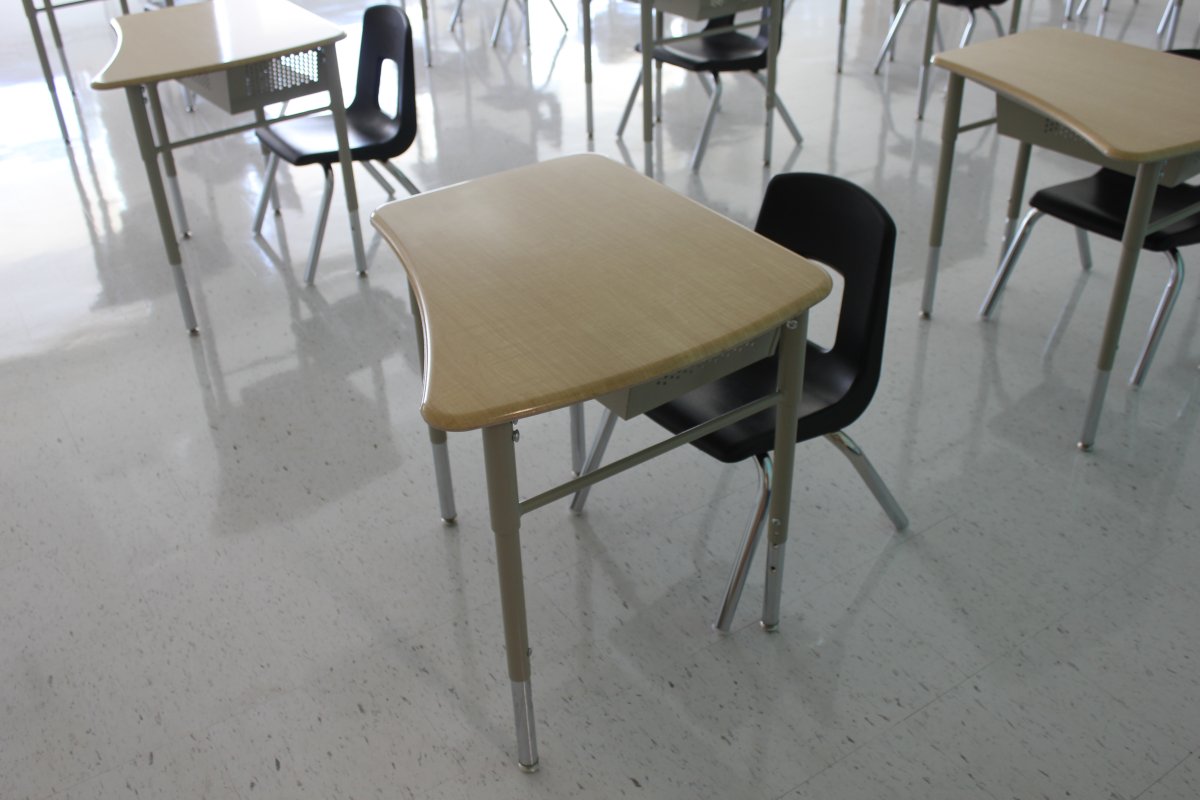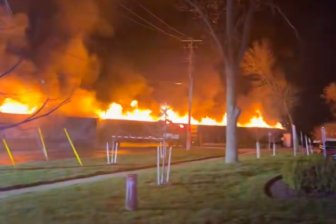There are now 79 schools across the Southern Interior listing at least one COVID-19 exposure, according to the latest data from Interior Health.

That’s a drop of 19 schools from just one week earlier when the health authority was listing 98 exposures.

The IH school page breaks down COVID-19 exposures based on school boards and it looks like they are most noticeably dropping in the Central Okanagan, which has long been a pandemic hotspot.
There are now 15 schools, including public, francophone and independent that have exposures in the area spanning Lake Country to Peachland. That’s down from 23 a week earlier.
That improvement in case trajectory was mirrored in information released last week by the BC Centre for Disease control. In its report on case numbers by local health area, the Central Okanagan had 223 cases in the week spanning Sept. 26 and Oct. 2. A week earlier, there were 278 cases diagnosed. Both are much lower than the first week of September when there were 478 cases diagnosed.
School exposure counts in Vernon stayed stable in the week that passed despite also showing dropping case counts, with four cases this week and last week.
The South Okanagan, which includes the Okanagan Similkameen and Okanagan Skaha districts, has six schools reporting exposures this week, compared to eight the week before.
The fourth wave of the pandemic has been called by health officials a pandemic of the unvaccinated, and for now, children under the age of 12 are unvaccinated.

As the case counts in the five to 11 age group grew last week, according to health officials, new masking mandates for all students in B.C. schools were instituted, although Interior Health last week said most of the transmission was through homes and social networks.
Now B.C. is set to change its indoor public mask mandate to include everyone ages five and up, rather than the previous mandate covering everyone ages 12 and up.

Set to be officially announced this week, the mandate would align with the COVID mask mandate in schools, requiring everyone from kindergarten and above to wear a mask indoors.
It will include malls, shopping, grocery stores, libraries, community centers, pubs and bars, as well as in workplaces where people interact with larger parts of the public.




Comments